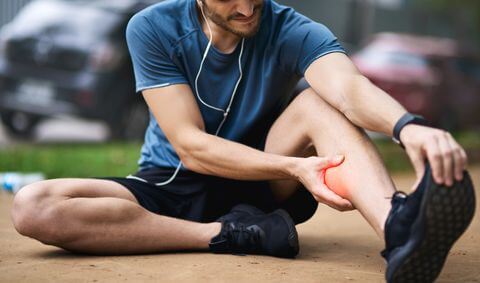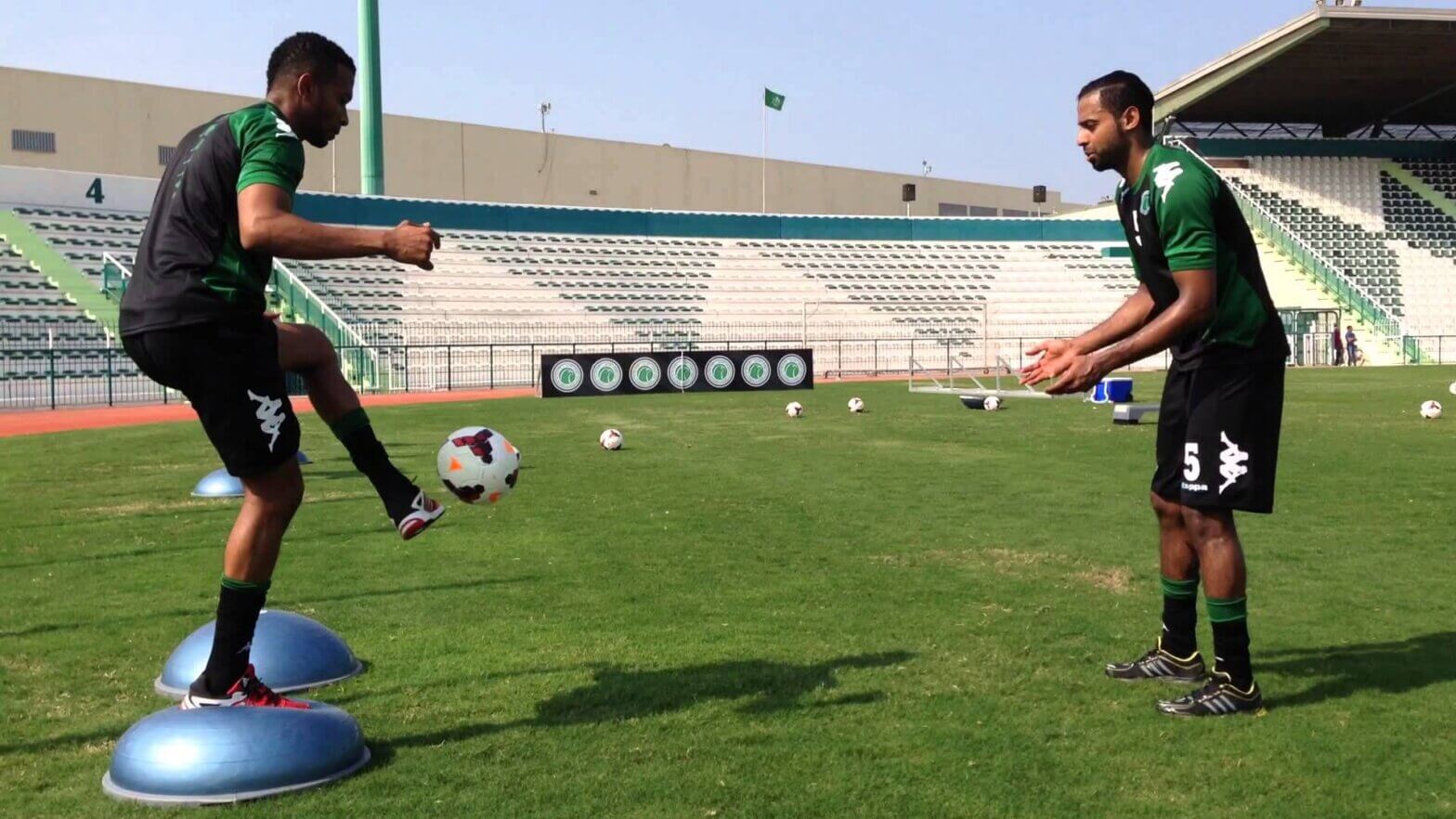Have you experienced sudden pain in your lower leg during activity? Do you feel pain when you try jogging or jumping? Calf muscle strains are common injuries that occur through overuse or sudden movements. There are many reasons for calf pain and this article will discuss the difference between a calf muscle strain and an achilles tendon tear or rupture.
Anatomy of Achilles Tendon
The achilles tendon is a thick tendon located on the back of the leg. It connects the gastrocnemius and soleus muscles (calf) to the heel bone (calcaneus). The achilles tendon is considered the strongest tendon in the body and allows people to plantar flex their ankle for walking/running/jumping motions.
Anatomy of The Calf Muscle
The gastrocnemius and soleus muscles make up the calf muscle. These two muscle groups unite into one band of fibrous tissue which becomes the Achilles tendon at the low end of the calf.
Common Achilles Injuries
- Achilles tendon tear: Tears of the Achilles tendon can be tiny (microtears), or large, causing pain, swelling, and impaired movement. They may occur suddenly during activity, or gradually over time.
- Achilles tendon rupture: A complete rupture of the Achilles tendon may make a “pop” sound, followed by pain and swelling of the lower leg. Treating an Achilles tendon rupture requires surgery or long-term immobilization of the ankle.
- Achilles tendinosis (formerly tendonitis): Frequent activity (running or walking) causes an over use of the end of the Achilles tendon, causing pain and stiffness at the back of the heel. Rest, ice, and stretching may speed healing, which can take weeks.
What is The Relationship Between the Calf Muscle and The Achilles Tendon?
The calf muscle (gastrocnemius and soleus muscle) is a contractile structure which means it can shorten and elongate on command. Conversely, the achilles tendon is non-contractile which means it does not shorten or elongate.
When the calf muscle contracts and shortens, it pulls on the achilles tendon (fibrous rope attached to the heel) which is responsible for the plantar flexion ankle motion.
Calf strains will typically heal on their own through rest and strengthening exercises. Achilles tendon ruptures are more severe and typically require surgery for recovery.
How Can Physical Therapy Help?
If you are experiencing calf or heel pain, you may have a calf strain or an achilles tendon tear. A physical therapist can determine if your calf muscle or achilles tendon is affected. Respire Physical therapy can help prevent future injuries and help you return to jogging, running, and jumping activities without pain.
Tags: running pain, falls church va, Arlington va, Alexandria va, springfield va, calf strain, Physical Therapy, achilles tendon, Respire Physical Therapy, calf muscle, physical therapist



